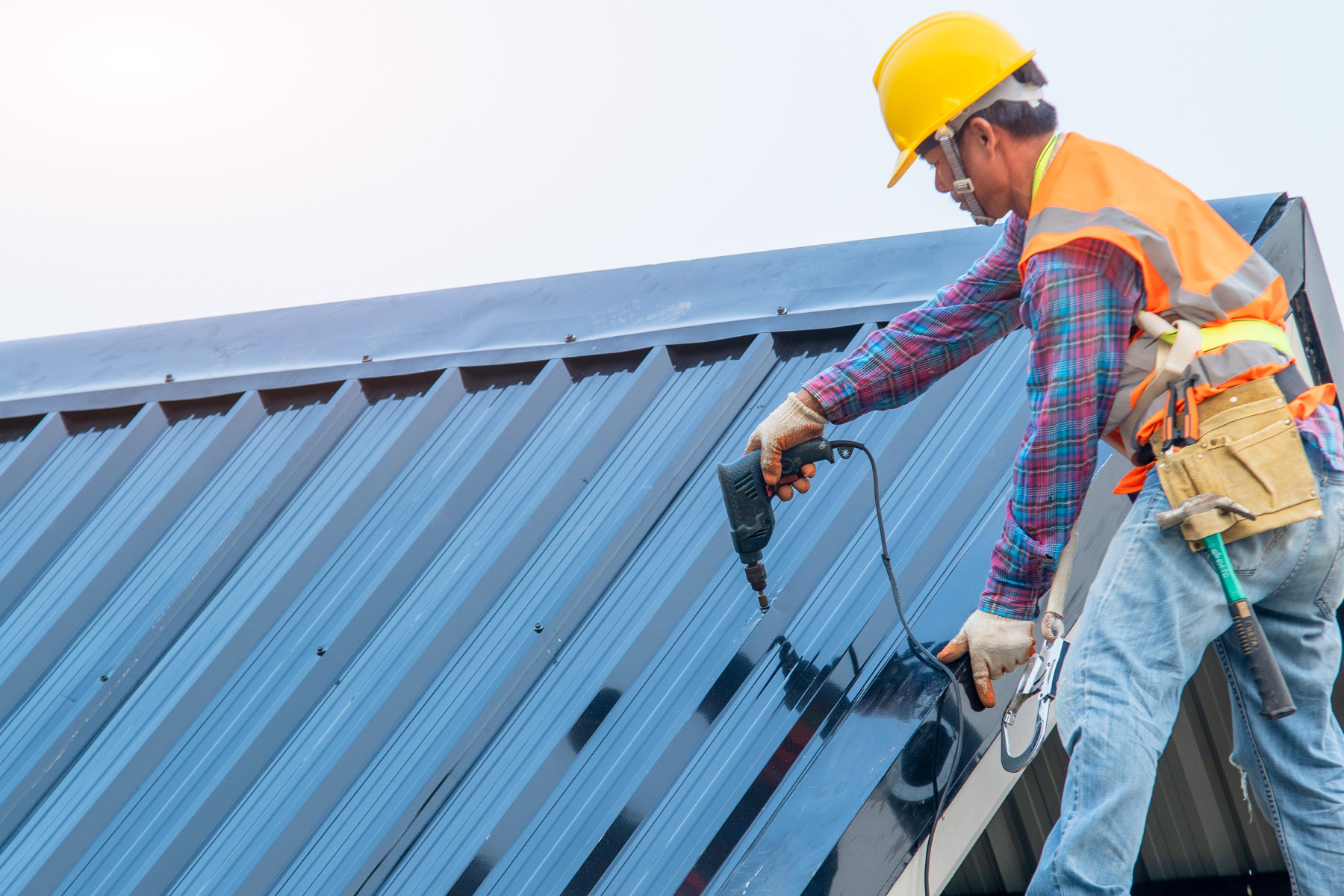Ensuring the integrity of commercial roofing is vital to the security and efficiency of any commercial facility. Regular maintenance and timely repairs do not just prolong the life of your roof, but also help prevent damaging and costly interruptions. This article explains the significance of commercial roof repairs as well as the most common issues and the best ways to maintain an efficient and durable roofing system. With the experience from R Stevens Commercial Roof Repairs, companies can be sure that they have their roofing in good quality.
Importance of Regular Roof Inspections
Routine roof checks are the primary protection against potential roof problems. By scheduling regular check-ups, companies can spot and fix minor issues before they become major. This proactive approach aids in avoiding costly repairs and ensures that the roof stays in top health.
The frequency of inspections. It is suggested that commercial roofs be inspected at least two times per year, usually in autumn and spring. Inspections are also recommended in the aftermath of severe weather conditions such as storms, heavy snowfall, or strong winds.
What to look for: Inspections should consist of an in-depth inspection of the roof membrane, flashings, drainage systems, and any roof-mounted equipment. Examine for indications of wear and tear, like blisters, cracks, or holes within the roof material. Also, look for indications of mold, water damage, or mildew in the structure.
Common Commercial Roof Issues
Recognizing the common problems that affect commercial roofing could aid in identifying issues early and effectively addressing them. Here are a few of the most frequent problems:
- Leaks and moisture Damage. Infiltration of water is a frequent issue that can cause substantial structural damage and the growth of mold if not addressed promptly. Leaks can be caused by damage to roofing materials, poor installation, or blocked drainage systems.
- Punctures and tears . Traffic from the foot, as well as falling debris and weather conditions, can result in tears and punctures in the roof material, which can compromise its strength. Regular inspections can detect these problems before they cause severe damage.
- Blow-offs, billowing, and Blowing Winds that are strong can cause parts of the roof to billow or blow off, especially if the roofing materials weren’t installed properly. Achieving proper installation and secure attachment of roofing materials could reduce the danger.
- Inadequate installation and workmanship. An installation that is not done correctly can result in a myriad of problems, ranging from poor sealing to inadequate flashing, which can lead to an early roof breakdown. Make sure you hire experienced and bonded roofing contractors, such as the ones at R Stevens Commercial Roof Repairs, for high-quality work.
- Swimming Water Low or flat roofs are more vulnerable to pooling of water, which could lead to structural damage and leaks in the course of time. Making sure that drainage is properly maintained and the addition of tapered insulation will assist in stopping the accumulation of water.
Best Practices for Commercial Roof Repair
- Employ professional Contractors. Make sure that repairs are performed by skilled and licensed roofing contractors who follow the industry standard. Professional roofing contractors possess the knowledge and equipment required to detect and correct roofing issues effectively. R Stevens Commercial Roof Repairs provides top-quality service and reliability.
- Utilize high-quality materials. Choose high-quality roofing materials that provide durability and weather resistance, allowing them to endure diverse environments. Good quality materials can have a higher initial cost, but they are more durable and provide greater security and long-lasting.
- Implement preventive measures. Take preventive measures, such as the regular cleaning of drains and gutters and the installation of safety barriers to limit the possibility of damage. Making sure the roof is free of debris and making sure there is that the drainage is in order can avoid frequent problems.
- Create a Maintenance Plan: Make a comprehensive maintenance program that incorporates regular checks, prompt repair, and regular upgrades to prolong the life of your roof. A roof that is maintained properly can last longer and offer greater protection to the structure.
Roof Repair Techniques and Materials
Different roofing systems need different methods of repair and materials. Here are a few common types of commercial roofing systems and the repair techniques they require:
Built-Up roofing (BUR): Repairs usually involve replacing or patching the damaged layer of bitumen, and then reinforcing it by using new felt. This method is very effective in dealing with leaks and damages that are localized damage.
Modified Bitumen Repairing modified bitumen roofs usually involves the application of bits of altered bitumen over the areas that are damaged, and by using adhesives or heat to ensure a solid bond.
EPDM (Ethylene Propylene Monomer): EPDM roofs can be repaired with patches made of EPDM membranes and adhesives. Making sure that the surface is dry and clean prior to placing the patch can be vital to ensure an effective repair.
TPO (Thermoplastic Olefin): TPO repairs typically involve heat-welding new patches of TPO to the areas that have been damaged. This process creates a sturdy and seamless bond that is indestructible against water infiltration.
Metal Roof Roof repairs for metal usually involve sealing leaks with metal-compatible sealants and fixing damaged panels or fasteners. Regular maintenance is a good way to keep rust from forming and prolong the life of the roof.
Energy Efficiency and Roof Repair
In the event of roof repair, it will also increase the energy efficiency of buildings. Reflective roofing materials, appropriate insulation, and effective drainage systems can cut down on energy consumption by ensuring an indoor temperature that is stable and decreasing the requirement for cooling and heating.
Cool Roof: You should think about the installation of cool roofing materials that reflect more light and retain less heat. This will significantly lower cooling costs as well as increase the lifespan of the roof.
Insulation: A properly insulated roof does more than increase energy efficiency, but also shields the roof from extreme temperature fluctuations. The addition of insulation or upgrading it to repair work can boost the overall efficiency of the roofing system.
Conclusion
Repairing commercial roofs is a crucial component of the management of facilities that requires focus and knowledge. By recognizing common roofing problems and following the best methods, companies can guarantee the long-term durability and dependability of their roof systems. Regular maintenance, high-quality repairs, and professional oversight are essential to maintain the safety and functionality of a commercial roof. The investment in roof repairs will not only safeguard the structure but also increase energy efficiency and reduce the cost of long-term maintenance. Making sure your roof is in good condition commercial roof is an excellent investment for your future company. By hiring the help of R Stevens Commercial Roof Repairs, you can rest assured that the roofing needs of your business are in good hands.

